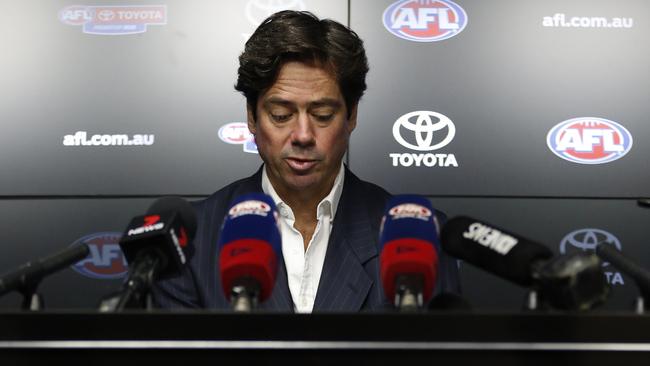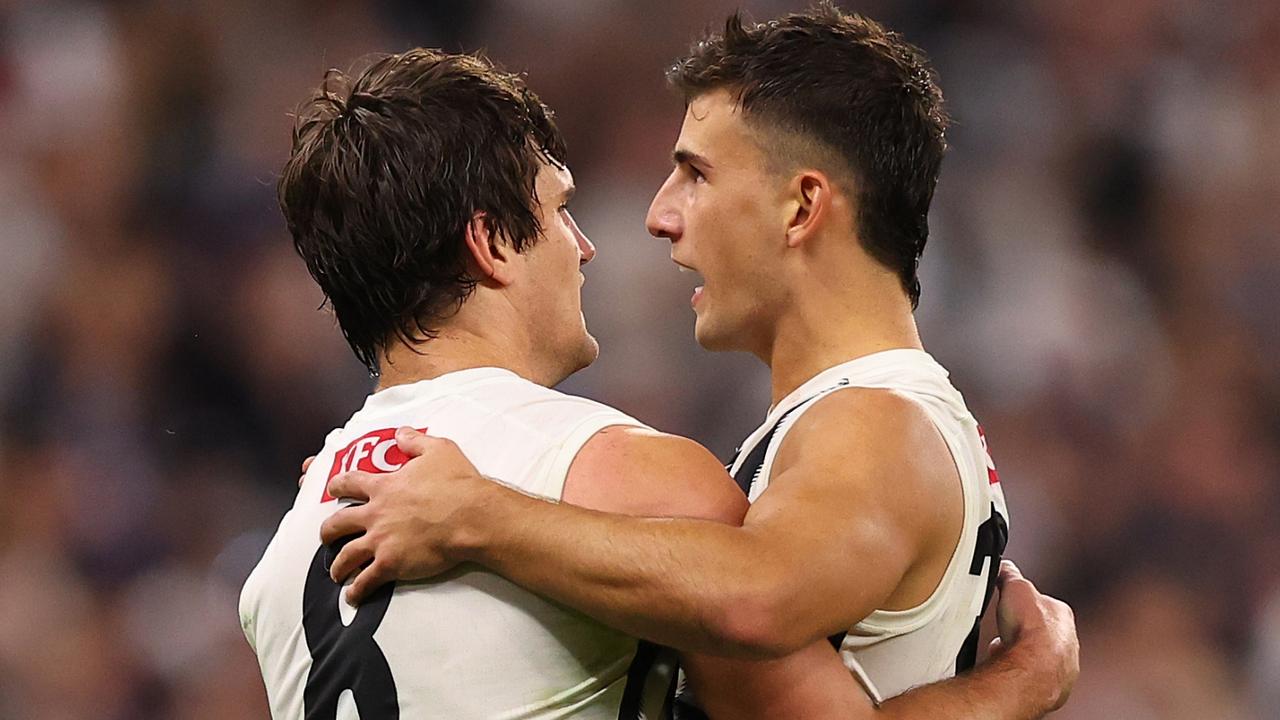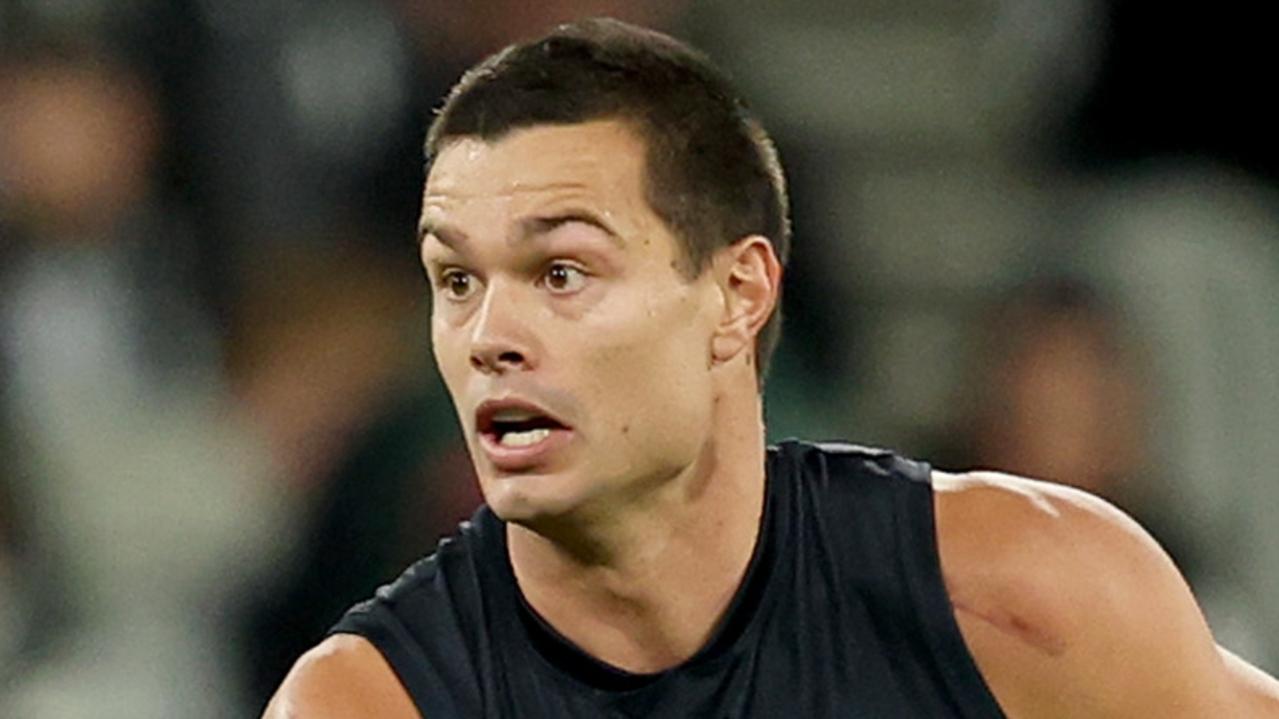Pay gap a hurdle in talks over players’ salary cuts
The disparity in the wealth between AFL footballers is proving a stumbling block to an agreement on the wage sacrifice players are prepared to make.

The disparity in the wealth between AFL footballers is proving a stumbling block to an agreement on the wage sacrifice players are prepared to make during the coronavirus crisis.
The landscape has worsened significantly since the AFL Players Association initially declined requests for a 20 per cent cut a week ago, with the AFL now asking for nearly 80 per cent of their wages back over the next two months.
As the AFL and clubs continued to stand down more employees around the country, Geelong coach Chris Scott opted to forgo his entire salary during the shutdown, with other coaches adopting big salary sacrifices.
However, negotiations between the league and the players’ union are ongoing.
The competition’s footballers agreed to a 50 per cent decrease on Monday night. The league’s demand is closer to 80 per cent at a time when the competition, according to AFL chief executive Gillon McLachlan, is “facing its most serious threat” in 100 years.
The AFLPA is keen to ensure an orderly process is followed but understands the importance of reaching an agreement as soon as possible.
But the AFL does not believe the players have sacrificed anywhere near enough given their off-field colleagues are being stood down without pay amid solvency fears for some clubs.
The league’s footballers are well aware of the conundrum but also mindful the shutdown could extend well beyond the end of May. Should it extend to six months, for example, that would equate to a wage sacrifice of more than $100m collectively.
Well-paid players, or those who have been playing for several years, would forfeit far more than most of their colleagues.
But those players are also aware they are better placed to cope with a wage adjustment than younger footballers or rookie-listed colleagues. There are also a number of big names off contract heading into 2021 but who are now in limbo. All contract negotiations have been put on hold.
It is an extraordinary time and Collingwood president Eddie McGuire, a member of the AFL’s coronavirus crisis cabinet, believes some leeway is needed.
“This is not a union dispute. This is not people trying to get in and claim a scalp,” he said on Triple M. “The situation is that the players have received money for half the year because that was fair enough. Everyone is getting paid.”
The AFLPA proposal is that their current position should be accepted through until May 31, which is when the league is hopeful the competition will be able to resume.
Should the shutdown be longer, as expected, the union will agree to further cuts, which could well be closer to the request from the AFL.
The challenge for clubs, who began drastic cost-cutting measures before the opening round, cannot be underestimated, and AFL Coaches Association chief executive Mark Brayshaw said he feared for the future of smaller teams. More than a third of the AFL’s clubs recorded a loss in 2019 despite the competition posting a $50m profit.
The competition has entered into contingencies with 10 clubs where it has safeguarded loans worth several million dollars, due on varying dates, through until 2022. Liabilities to the AFL’s state bodies in Victoria, Queensland, NSW, Tasmania and the Northern Territory, which are valued at nearly $1m, are due to be covered this year.
According to North Melbourne chief executive Ben Amarfio, who declared the Kangaroos would survive, a club in debt is not necessarily in more peril than wealthier rivals.
Amarfio, who took over the role last November and praised fans who had bought memberships in recent days despite the bleak forecast, said new credit lines would be established.
“North Melbourne will get through this. This is a club that has endured big crises before.”




To join the conversation, please log in. Don't have an account? Register
Join the conversation, you are commenting as Logout